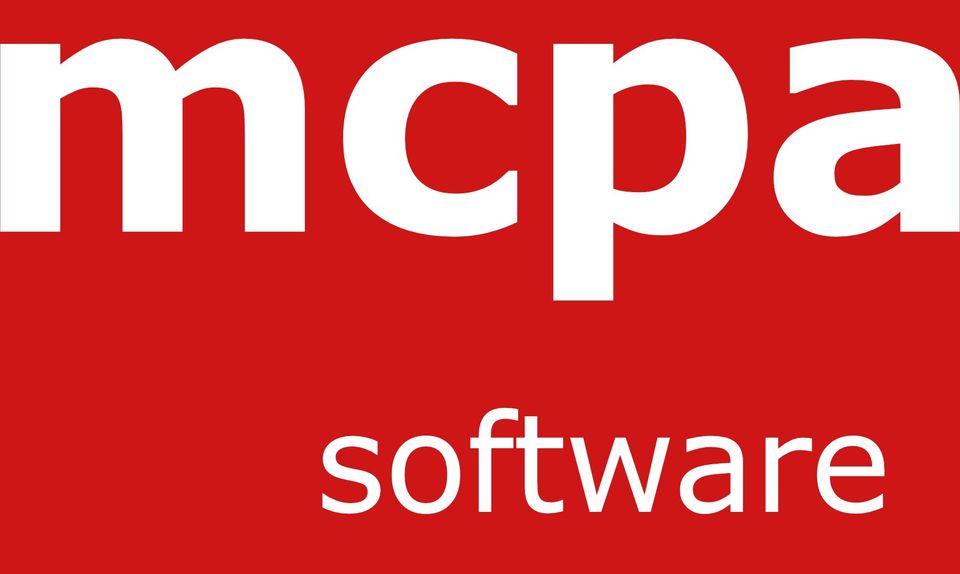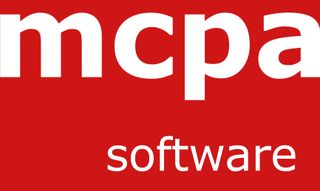SEPARATION PROCESS MODELLING
SEPARATION PROCESS MODELLING
CHROMATOGRAPHY BIO-SEPARATION
Modem automated chromatography enables the rapid optimisation of laboratory-scale separations. While the scale-up of such processes should follow simple rules, in practice it is not easy to achieve a directly proportional increase in process output. Consequently, there may be insufficient time during process development to allow a full evaluation of the influence of process parameters on separation performance. Without this evaluation it is impossible to ensure that the most economic system has been selected for process scale operation; a factor which, in the world of pharmaceutical product manufacture, can greatly affect the competitiveness of the product in the final market.
This page describes how FACSIMILE has been used to model the performance of a biological separation mechanism in order both to enable design scale-up and to optimise the process.
COMPUTER AIDED SCALE-UP AND PROCESS OPTIMISATION
FACSIMILE has been used by the BIOSEP Research Club at Harwell to develop a comprehensive range of easy to use computer programs which, with a minimum of time or computing expertise, can accurately simulate the performance of adsorption and chromatographic separations and allow the user to optimise fully product purification. Its capability leads to savings in both time and money.
The BIOSEP Programs can simulate the separation of products using batch stirred tanks, packed beds, fluidised beds and adsorption membranes and are suitable to all separation modes, including Ion Exchange, Hydrophobic Interaction, Reverse Phase, Gel Permeation and Affinity. This illustrates the versatility of FACSIMILE to enable common reaction kinetics to be coupled to various physical mechanisms and unit operations.
Two types of BIOSEP Programs are used in process optimisation: Fitting Codes which accurately generate the separations parameters, and Simulation Codes which then take these parameters and use them to predict scale-up performance.
The first step in using the programs to model the defined process is to run a simple laboratory experiment, such as loading a column to breakthrough followed by product elution, or to conduct a simple kinetics experiment in a stirred cell. These experiments generate the basic parameters (such as adsorbent capacity) which characterise the process.
Using these fundamental values, the programs accurately predict a full separation cycle (see figure above) at any scale and under any condition of operation. Variables which can be evaluated include the influence of:
- Column Diameter
- Column Length
- Loading Concentration
- Sample Volume
- Linear Flow Rate
- Elution Conditions
In addition to process development, the programs may be used to check that large scale separations are operating to maximum efficiency by comparison of actual data with the predicted separation efficiency. The nature of any deviation can then be used as a first indication of where a fault lies, e.g. a poorly packed bed where re-packing to improve process efficiency is preferable.
The BIOSEP Programs are therefore an efficient tool for the separation scientist, with applications in research, process development and production.
This application illustrates how the numerical methods contained within FACSIMILE have been exploited to simulate a particular process separation in the pharmaceutical industry. There are numerous other chemical and bio-separations for which the same approach could be taken.



